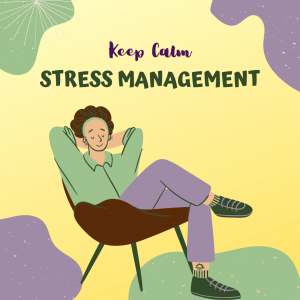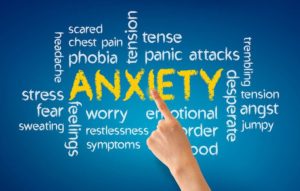For many of us, the last few years have blurred the lines between work and home. Chronic stress and burnout are on the rise, but with simple strategies for scheduling breaks, building boundaries, and winding down your workday, you can reduce stress and reclaim your inner calm.

Take scheduled breaks
Keep daily stress in check with planned pauses in your workday for standing, stretching, and breathing. These simple activities have an immediate calming effect for the body and mind. Try deep breathing for just one minute and end with an easy stretch. Repeat as needed to refresh and refocus.
Create work-life harmony
It’s easy to get caught up in today’s culture of busyness and anchor our self-worth around a packed to-do list. This is unsustainable and can lead to burnout. Be honest with yourself about your workload. Set a reasonable schedule and let that be your guide. Commit to your boundaries and don’t be afraid to say no to unnecessary meetings.
Unplug to recharge
Just as your phone needs to recharge after constant use, so does your brain. It’s important to mentally shut off from work mode and let your mind unwind. A quick meditation can help you close out each day to shift your focus to restorative activities like connecting with others or getting a good night’s rest.




